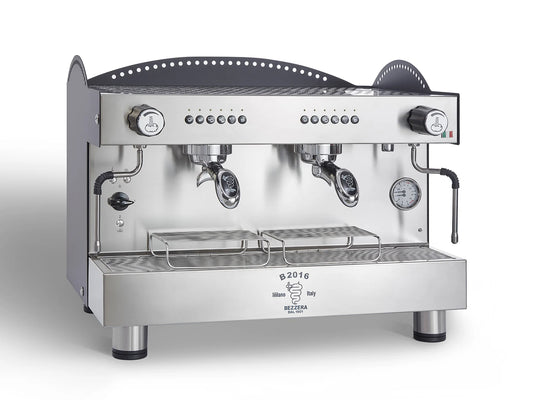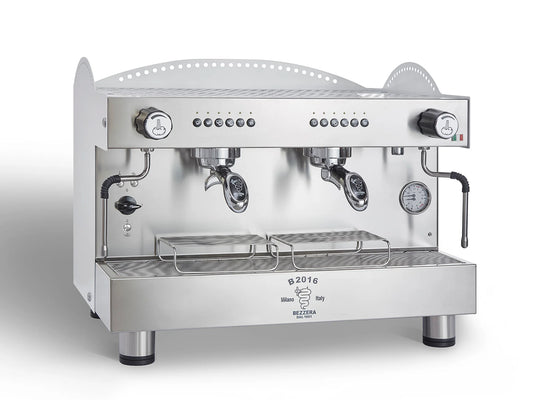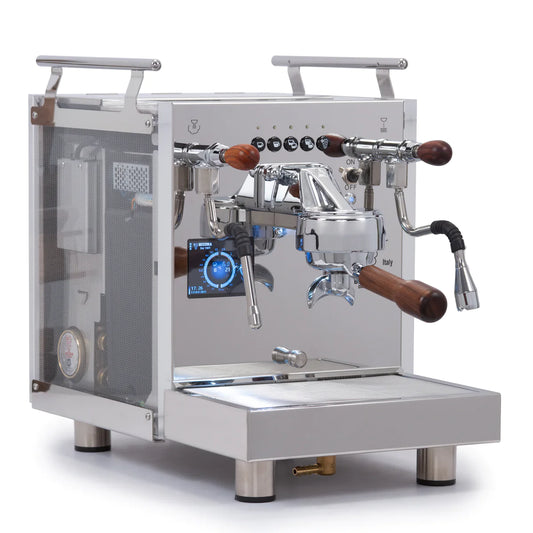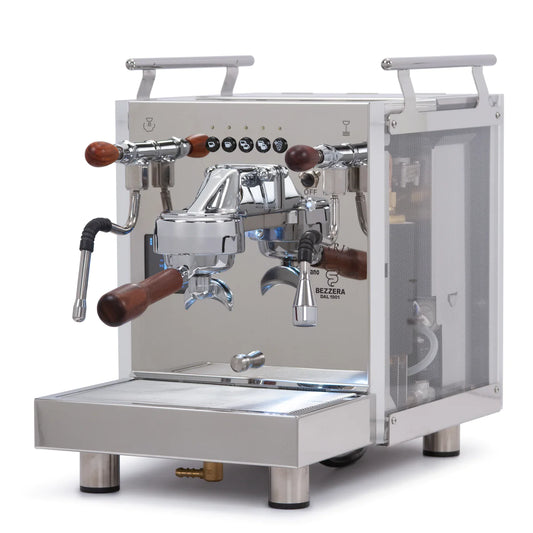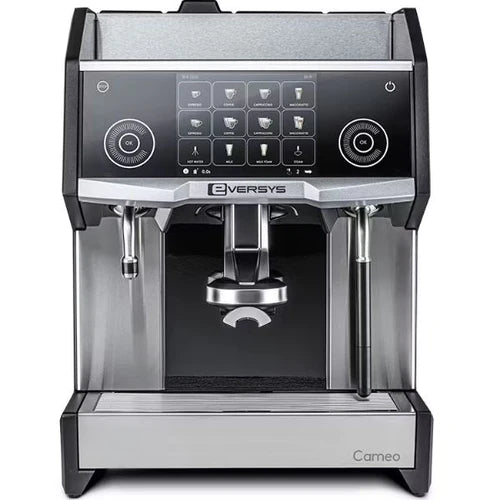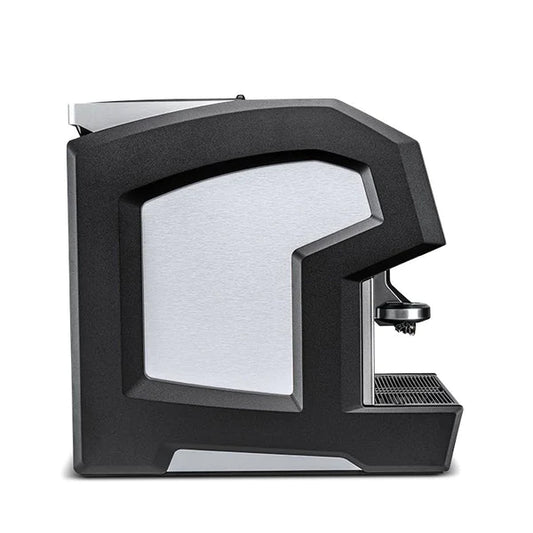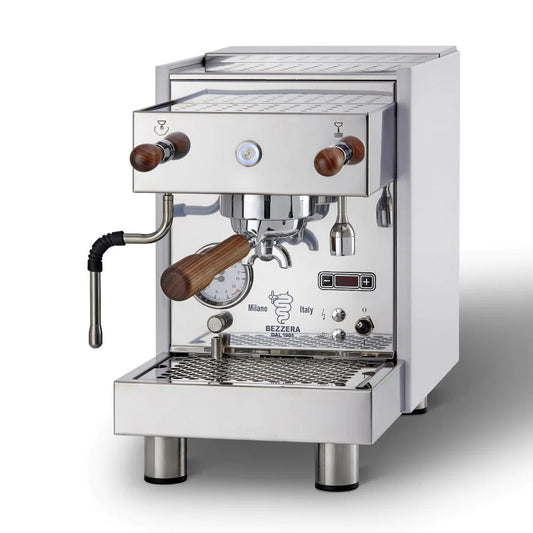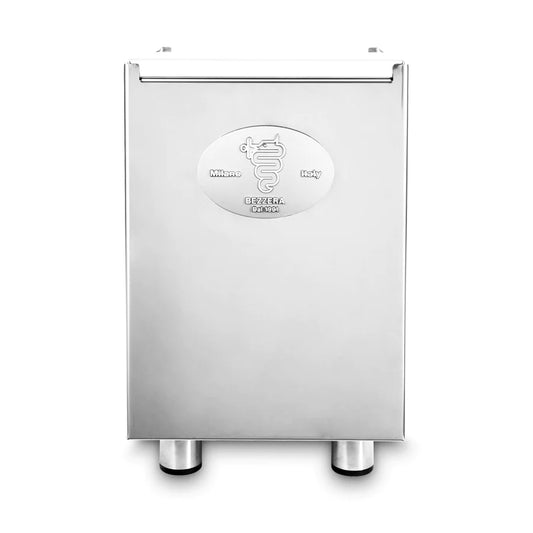The Coffee Industry in Transition: Key Mergers, Innovations, and Market Trends
Table of Contents
- Key Highlights:
- Introduction
- Market Consolidation and Strategic Acquisitions
- Leadership Changes and Their Impact
- Innovations Driving Consumer Engagement
- Consumer Trends in the Coffee Market
- Global Coffee Supply Chain Challenges
- Sustainability and Future Growth
- The Role of Research in Enhancing Coffee Quality
- The Importance of Engaging in Community and Events
- Future Outlook for the Coffee Industry
Key Highlights:
- illycaffè's strategic acquisition of an 80% stake in coffee machine manufacturer Capitani signifies a broader trend towards vertical integration in the coffee industry.
- Nestlé's CEO turmoil amid emerging competition presents an opportunity for strategic pivots in branding and operations.
- As the global coffee market challenges grow, players like Luckin Coffee and Starbucks innovate to maintain consumer engagement and market share.
Introduction
In 2025, the coffee industry finds itself at a pivotal juncture characterized by significant mergers, strategic innovations, and evolving consumer preferences. From high-stakes acquisitions to changing leadership dynamics, coffee companies are navigating a complex landscape marked by economic pressures and a shift in global market strategies. Amid these changes, many brands are looking to leverage technology and consumer trends to maintain and expand their market impact. This article delves into the latest developments in the coffee sector, offering insights into the implications for stakeholders and consumers alike.
Market Consolidation and Strategic Acquisitions
The ongoing trends of mergers and acquisitions in the coffee sector underscore a strategic pivot towards consolidation. A noteworthy event this past week was illycaffè's acquisition of 80% of Capitani, a manufacturer of single-serve coffee machines. Cristina Scocchia, CEO of illycaffè, described this investment not merely as an addition to their product line, but as a strategic maneuver towards becoming a holistic solutions provider in the coffee market. This acquisition helps illycaffè enhance local production efficiency and fortify its European supply chain, reducing reliance on overseas suppliers amidst fluctuating tariffs.
The recent merger between Keurig Dr Pepper (KDP) and JDE Peet's, valued at $18 billion, reflects a broader trend where businesses with complementary strengths aim to achieve greater market resilience. KDP's new Global Coffee Co. division will now operate as a direct challenger to Nestlé, which has historically held a dominant position in the coffee sector. The confluence of these strategic moves suggests that companies are increasingly integrating vertically to secure their supply chains and expand their market offerings.
Leadership Changes and Their Impact
Nestlé's recent executive upheaval, with the abrupt dismissal of CEO Laurent Freixe following misconduct allegations, illustrates the vulnerabilities faced by even the most established players in the coffee industry. New CEO Philipp Navratil, who previously played a critical role in Nestlé’s coffee and beverages units, takes the reins at a crucial moment. His leadership will be tested as he works to reinforce Nestlé's branding amidst intensifying competition from brands like KDP and JDE Peet’s Global Coffee Co.
This shift in leadership can be interpreted as a reset for Nestlé, providing an opportunity to pivot its strategy and strengthen its market position. In an age where consumer preferences continue to evolve, companies are compelled to adapt swiftly, rethinking their branding and outreach strategies to stay relevant.
Innovations Driving Consumer Engagement
Amidst mergers and corporate changes, innovation remains at the forefront of the coffee sector. For instance, Starbucks recently launched its fall menu, featuring the widely anticipated Pumpkin Spice Latte, which significantly boosted sales, reaching record highs in their North American outlets. This successful launch showcases how seasonal offerings aligned with consumer trends can drive substantial revenue, particularly during peak coffee consumption seasons.
Additionally, the introduction of artificial intelligence-based inventory systems at Starbucks exemplifies a technological advancement aimed at enhancing operational efficiency. The AI-driven system allows for more frequent inventory checks, aiming to improve product availability and streamline staff focus on customer service—a crucial element in maintaining competitive edge in a crowded market.
Consumer Trends in the Coffee Market
Consumer preferences have shifted toward convenience and quality, prompting players in the coffee industry to rethink how they engage with consumers. Luckin Coffee, for example, has forged a partnership with DoorDash to expand its reach in the competitive U.S. market, aiming to enhance brand visibility and sales through strategic delivery channels.
Furthermore, a new exhibition in Trento, Italy, explores how sound influences flavor perception in food and beverages, including coffee. As consumer experiences become more multisensory, understanding the psychological and environmental factors that affect taste can guide coffee brands in crafting more appealing, immersive experiences for their customers.
Global Coffee Supply Chain Challenges
The coffee industry's supply chain is under immense pressure amid rising costs and international trade complexities. Recent U.S. tariffs on Brazilian coffee raised significant concerns among producers and exporters, with Brazil looking to negotiate while assessing their trade relationships. Countries like Uganda are poised to benefit as traders redirect their orders from Brazil to Africa, spotlighting the dynamic nature of global commodity markets and the consequences of trade policies.
Research is underway to address the traceability challenges posed by the European Union’s new regulations, reflecting the industry's commitment to transparency and compliance. The fragmented nature of coffee supply chains, coupled with the predominance of smallholder farms, complicates adherence to these emergent standards.
Sustainability and Future Growth
Sustainability continues to be a focal point for coffee producers and brands alike. Recent studies highlighted by the International Coffee Organization reveal growing consumer interest in sustainably sourced products. Addressing climate change has become paramount, with producers innovating in agricultural practices to enhance both yield and environmental responsibility.
Companies like Expocacer in Brazil have made significant strides in reducing greenhouse gas emissions while promoting regenerative practices. Such initiatives not only help mitigate environmental impact but also align with consumer preferences favoring sustainability.
The Role of Research in Enhancing Coffee Quality
Research findings in the coffee sector are surfacing promising insights into enhancing coffee quality. Novel antidiabetic molecules discovered in roasted arabica, researched by Kunming Institute of Botany, signal a potential health benefit from coffee that could cater to health-conscious consumers. As interest in the health benefits of coffee grows, brands can leverage this research to align product messaging and innovative offerings in competitive markets.
The Importance of Engaging in Community and Events
Events and competitions continue to play a critical role in fostering community connections within the coffee industry. The Slow Coffee Festival in Bucharest will host various exhibitors, workshops, and competitions, creating platforms for coffee enthusiasts to engage, learn, and celebrate the craft.
Similarly, upcoming marquee events like the Ljubljana Coffee Festival and the Barista League North America reinforce the notion that the coffee industry is not solely about sales; it’s also about sharing ideas, practices, and innovations that advance the sector.
Future Outlook for the Coffee Industry
The future of the coffee industry appears multifaceted, with opportunities emerging from technological innovations, strategic mergers, and evolving consumer preferences. It remains to be seen how established companies like Nestlé and illycaffè will respond to the encroaching competition from newer players leveraging technology and consumer engagement strategies.
As sustainability becomes a non-negotiable expectation among consumers, brands that prioritize responsible practices will likely fare better in an increasingly eco-conscious marketplace. Furthermore, the challenge of adapting to traceability regulations will require collaboration across the supply chain, necessitating a strong focus on transparency and ethical sourcing.
FAQ
What are the recent mergers impacting the coffee industry? Recent mergers include illycaffè acquiring an 80% stake in Capitani and the $18 billion merger between KDP and JDE Peet’s. These consolidations aim to strengthen market positions and improve supply chain efficiencies.
How are coffee companies adapting to consumer preferences? Companies like Starbucks and Luckin Coffee are innovating through product launches, AI technology for inventory management, and delivery service partnerships, all aimed at enhancing customer experience and accessibility.
What challenges does the coffee supply chain face today? The coffee supply chain confronts issues such as rising costs due to U.S. tariffs on Brazilian coffee and the complexity of complying with new EU regulations on traceability, necessitating collaborative solutions across the industry.
How is sustainability being addressed in the coffee sector? Producers are adopting regenerative agricultural practices and reducing greenhouse gas emissions. Brands are responding to consumer demands for sustainable sourcing through transparency in their supply chains.
What role do events play in the coffee industry? Events like the Slow Coffee Festival foster community engagement, innovation sharing, and competitions, contributing to the growth and cultural significance of the coffee sector.
As the coffee landscape continues to evolve, stakeholders must remain agile and responsive, balancing consumer trends with the economic realities of a competitive global market. The interwoven narratives of acquisitions, leadership changes, and sustainability efforts demonstrate a sector in transformation—one poised for continued growth and innovation in the years to come.

